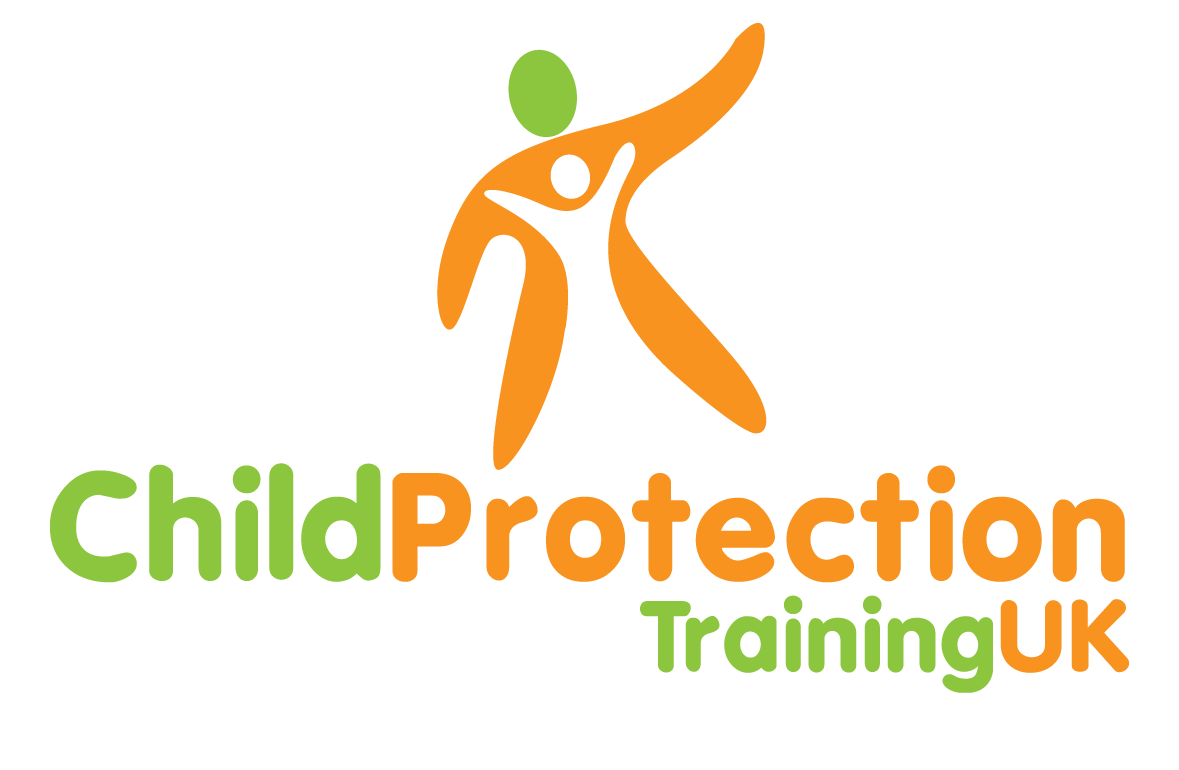| TACT and the University of East Anglia have published a research report looking at the risk and resilience factors that affect the likelihood of offending by children in care. Findings include: the care system provides good care to abused and neglected children; early entry to care followed by sensitive parenting, a stable placement, and good support from agencies, minimises the risk of offending. Recommendations include: children entering care should have a full developmental screening; and care leavers should have the option to remain in supportive placements until the age of 21. |
| Source: The Adolescent and Children’s Trust (TACT) press release 16 January 2012 |
| Further information: Community Care 16 January 2012 |
| Looked after Children and Offending: Reducing Risk and Promoting Resilience |
TACT published a research report looking at the risk and resilience factors that affect the likelihood of offending by children in care
Reply

